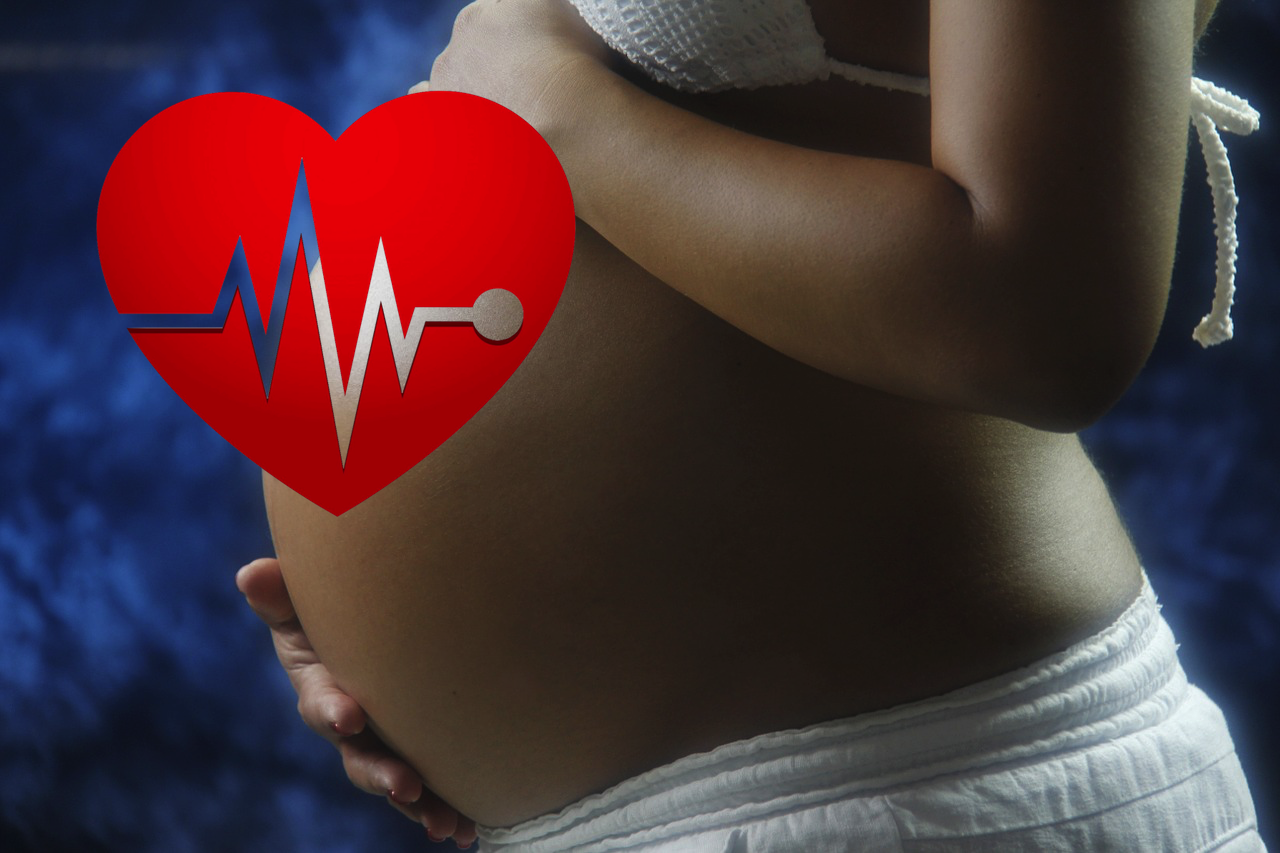
Signs of Ovulating
Trying For A Baby? 5 Signs of Ovulating!
The best way to improve your chances of getting pregnant is to understand the optimal time to have unprotected intercourse. Listed below are things to look out for to determine when the body is preparing to move into the most fertile time of the month.
- Record your menstrual cycle
Keep a menstrual calendar for a few months so you can get an idea of when you will ovulate. Ovulation usually occurs around 12 to 14 days before your next period so you will need to know when your period usually start and stop.
2. Check your cervix
Check your cervix daily using one or two finger. At the height of ovulation, the cervix becomes so soft that it blends in with the vagina walls and rises so high that the finger cannot touch it. This is known as SHOW – soft, high, open and wet. This is your most fertile time as the uterine is open to allow sperm to enter in.
3. Check your cervical mucus
Cervical mucus is a fluid secreted by the cervix, the production of which is stimulated by the hormone estrogen. You are most fertile when your cervical mucus is “egg white”, as it allows sperm to swim easily into the cervix. Egg white cervical mucus (EWCM), is thin, clear and stretchy, you could pull it into a string long before it breaks.

4. Look out for backache or tummy pain
The pain can be a dull cramp or a sharp and sudden twinge and is felt on the right or left side, depending on which ovary is releasing an egg. Some women notice a little vaginal bleeding when it happens.
5. Increased Libido
As ovulation approaches, women often feel an increase in sex drive. Some people believe this is a biologically designed way to ensure reproduction.
In addition to these ovulation symptoms, some women may also notice an increase in basal metabolic temperature and spotting around this time of the month.
Also Read Breastfeeding Your Newborn: What To Expect
Follow Pregnancy & Beyond on Instagram, Facebook and Twitter




